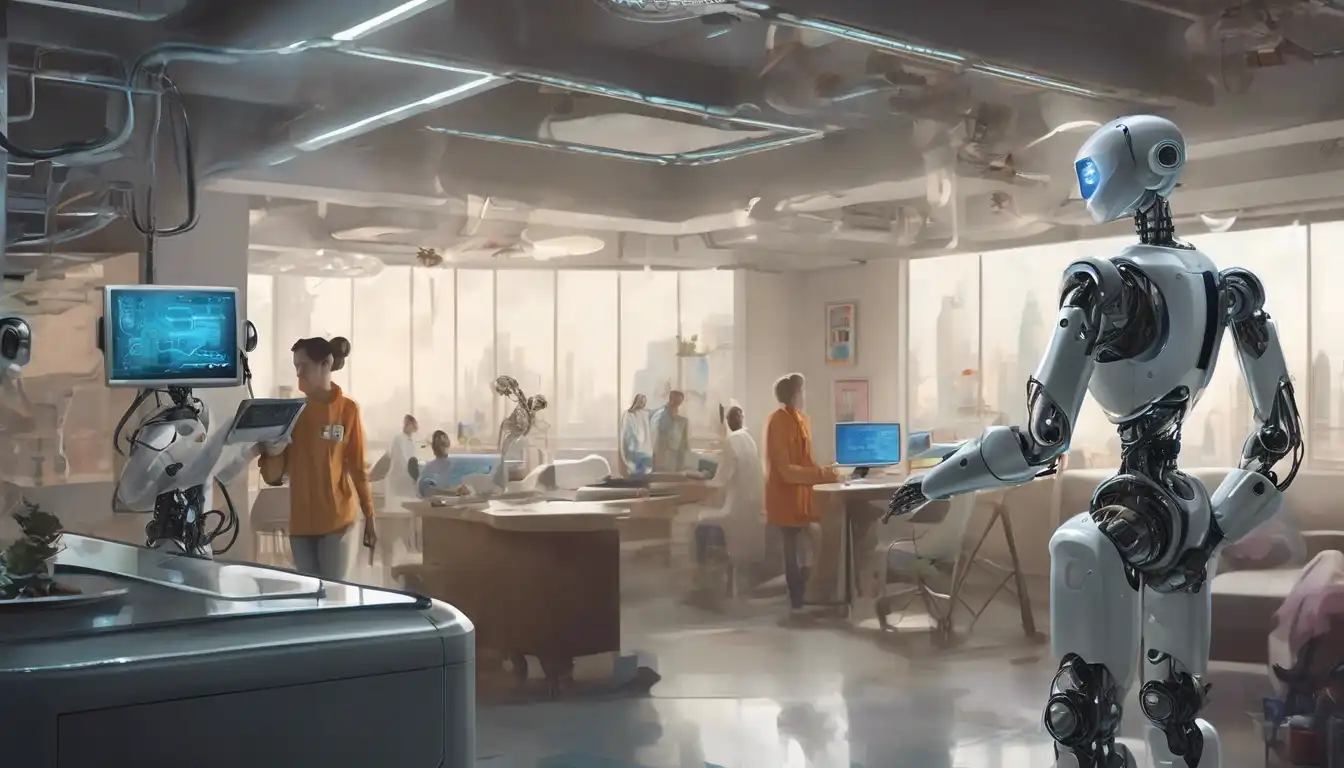The Future of Robotics in Everyday Life
The integration of robotics into everyday life is no longer a matter of if, but when. As technology advances, robots are becoming more sophisticated, capable, and, importantly, more affordable. This article explores the potential future of robotics in our daily lives, from household chores to personal care, and how these advancements could reshape our world.
Household Helpers
Imagine waking up to a robot that has already prepared your coffee, cleaned your home, and even walked your dog. This isn't science fiction; it's the near future. Robotics companies are already developing AI-powered household robots that can perform a variety of tasks, making our lives easier and more efficient.
Healthcare Companions
Robots are set to play a significant role in healthcare, from performing surgeries with precision beyond human capability to providing companionship for the elderly. With the aging population growing, robotic companions could offer not just assistance but also emotional support, reducing loneliness and improving quality of life.
Education and Learning
Robotics in education is transforming how we learn, offering personalized learning experiences and making education more accessible. Robots can serve as tutors, providing one-on-one instruction tailored to the student's pace and learning style, a concept explored in our article on the impact of robotics in education.
Workplace Automation
The workplace is another area where robotics will have a profound impact. From manufacturing to customer service, robots are taking on tasks that are dangerous, repetitive, or require precision. This shift is not without its challenges, but the potential for increased productivity and safety is undeniable.
Environmental Impact
Robots also offer solutions to environmental challenges. From cleaning oceans to monitoring wildlife, robotics can help us address some of the most pressing environmental issues. The use of robotics for environmental conservation is an exciting frontier that combines technology with sustainability.
Conclusion
The future of robotics in everyday life is bright, with the potential to improve our quality of life, health, and the environment. As we stand on the brink of this robotic revolution, it's clear that the integration of robots into our daily lives will bring both opportunities and challenges. The key will be to navigate these changes thoughtfully, ensuring that the benefits of robotics are accessible to all.
